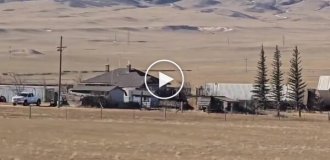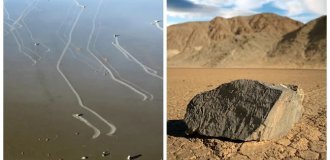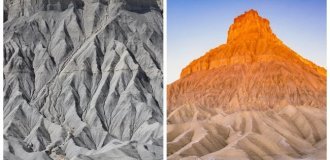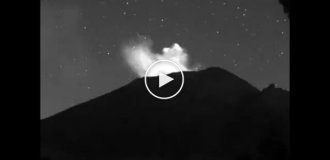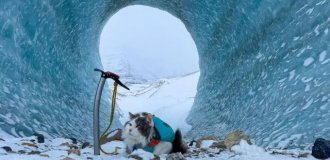The annual Iditarod Trail Sled Dog Race is the most famous multi-day sled dog race today and commemorates the Great Race of Charity of 1925. As we continue this post, you will learn some interesting facts about sled dog racing. 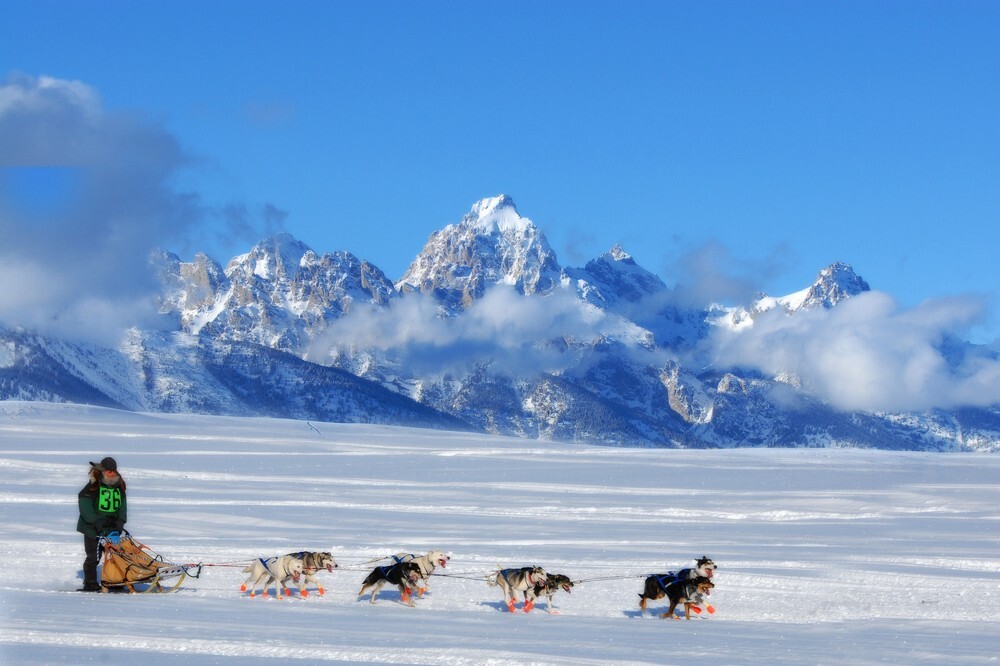
In the extreme northern latitudes of our planet, life without sled dogs is unthinkable even now, when snowmobiles and ATVs exist. But there was even a case in history when dogs saved an entire city.
In 1925, the Alaskan town of Nome was literally dying from diphtheria. Diphtheria toxoid was found only on the other coast, there was no time to delay, and the dogs were equipped for the journey. 20 teams with drivers delivered vital cargo over a distance of more than 1000 km in five and a half days. This trip, which later became known as the “Great Race of Mercy,” saved people and brought glory to dogs. At the end of the year, a monument to the leader of the last team, a husky named Balto, was already erected in New York's Central Park; it is still a tourist attraction in the city.
This photography project celebrates the Iditarod Trail Sled Dog Race, which follows the historic route of the 1925 Great Race of Charity. 
Each team has 16 animals. And they all must get from the city of Willow to the city of Nome 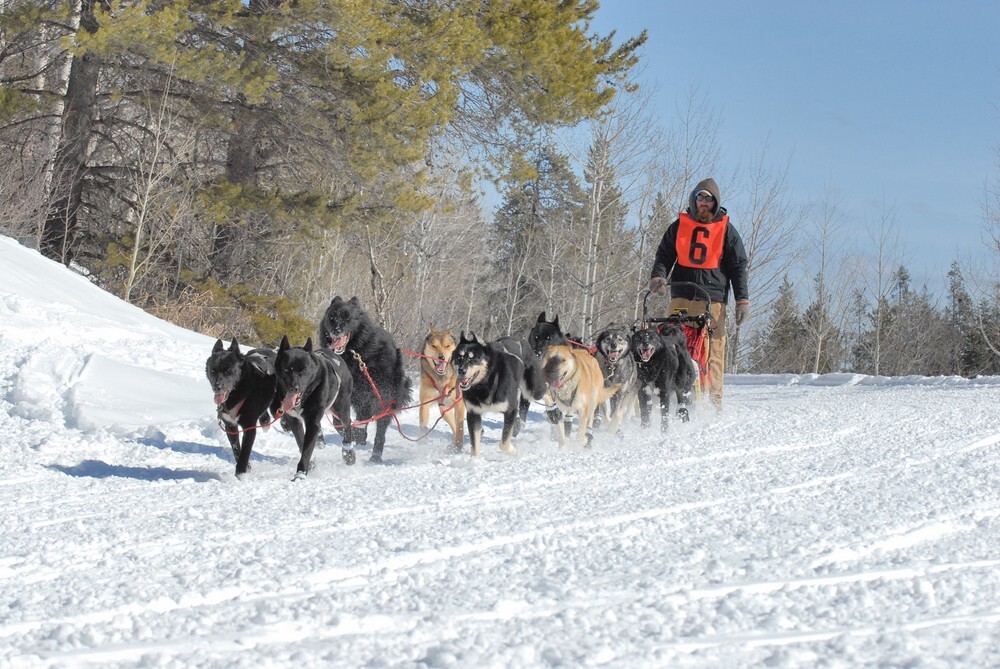
There are two routes: one for even years, the other for odd years. This is about 1600 km of travel through one of the most rugged and beautiful regions of the world. 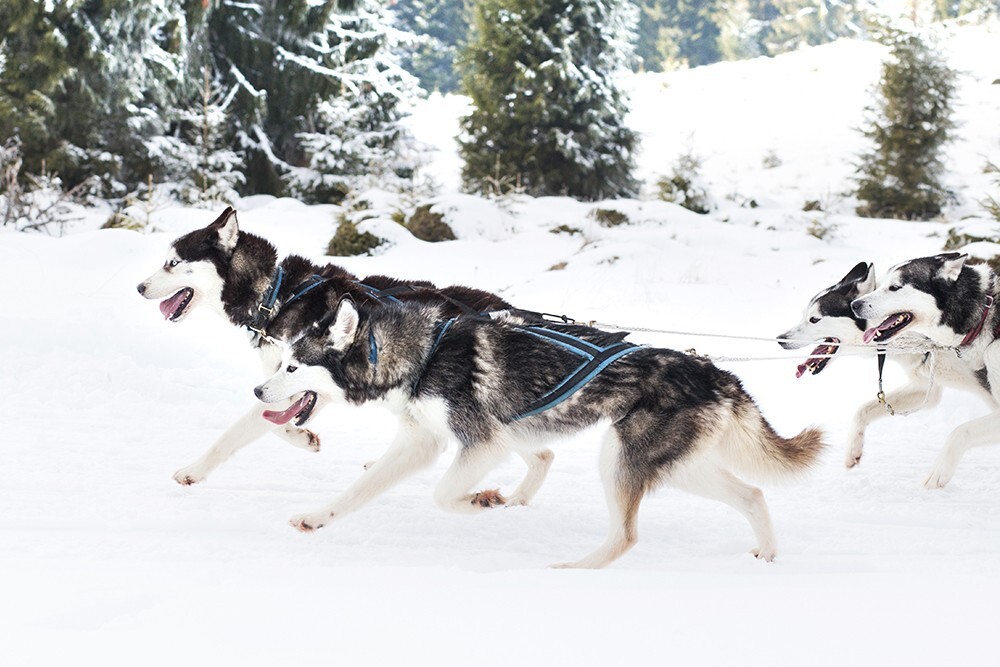
The race is named after the town of Iditarod, which flourished during the Gold Rush. However, now all that remains of it are a few barracks and an old bank vault. 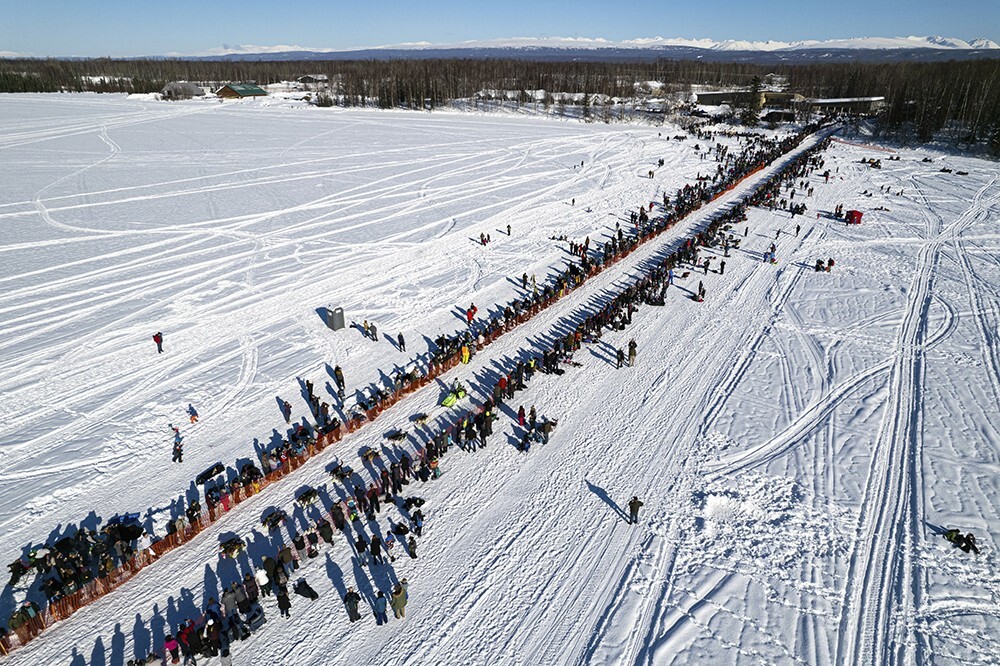
Each musher has his own strategy for completing the race 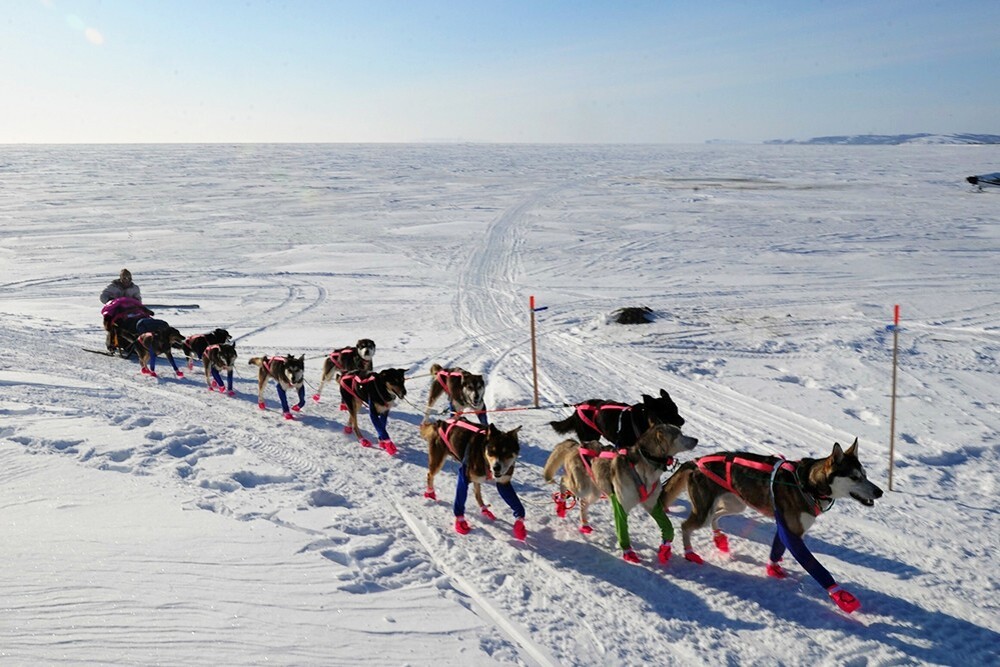
Pay attention to the bright “slippers” worn on the animals’ paws 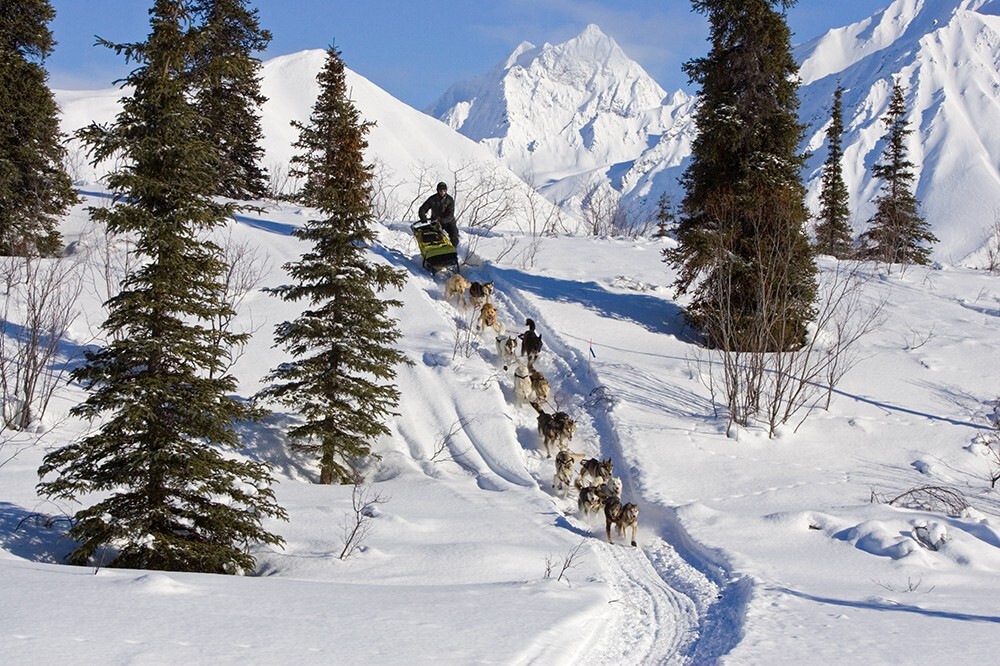
Dogs must be harnessed in pairs, in a specific order. 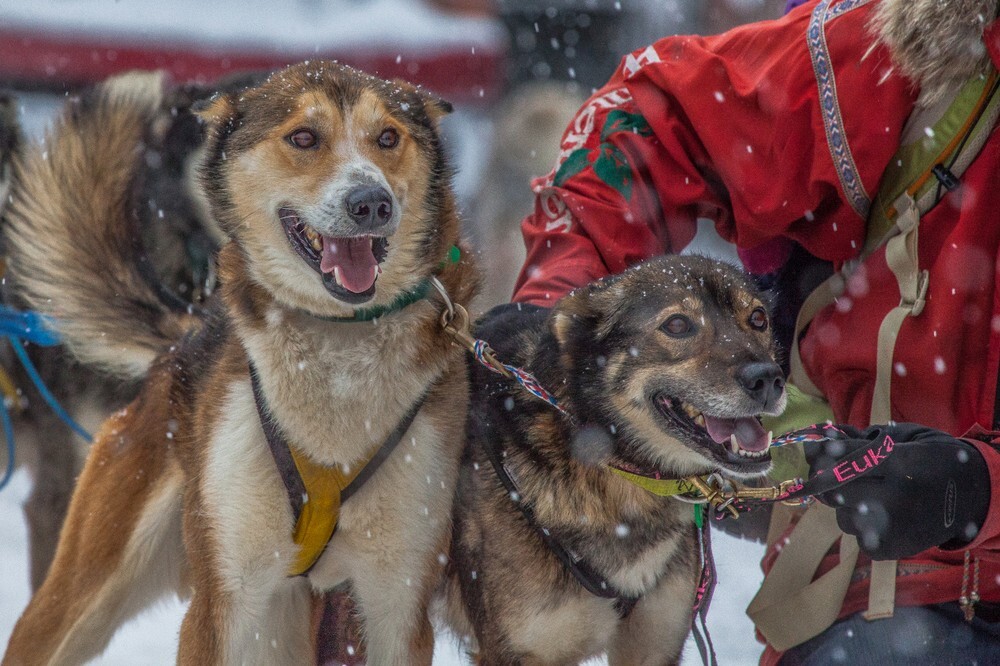
The very first to be put into the team are the “steers” - these are the smartest dogs, one of which is the leader. He has unquestioned authority among the others and the strongest connection with the musher. In fact, the leader controls the team, transmitting the driver's commands to the other dogs. 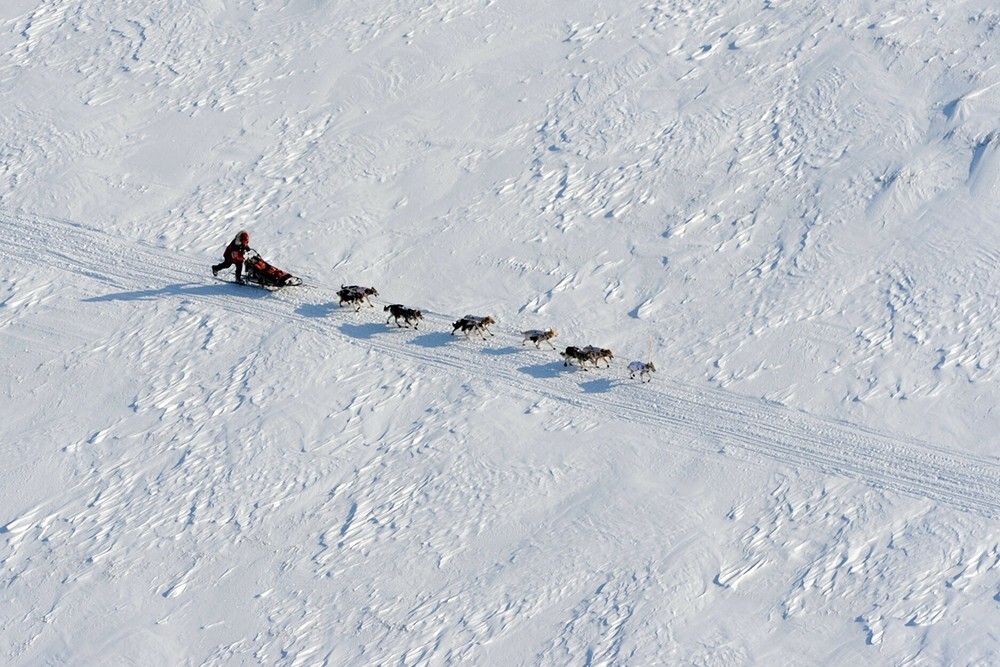
Having a good leader is very important. For example, if during the race something happens to one of the “medium” dogs, then, having loaded it into the sled, you can continue the journey. But if the leader cannot run further, then he will have to leave the race. It is for this reason that many mushers strive to have several smart steering dogs. 
The next few pairs are “wheels”. Their task is to pull the sledges. Such dogs are also called guide dogs. They are also experienced and intelligent animals that can replace leaders if necessary. 
The “wheels” maintain the pace of movement, giving direction to the other dogs, and correct the leader’s mistakes. Often in such pairs a young dog is paired with an older and more experienced one. This is how a young dog learns to work 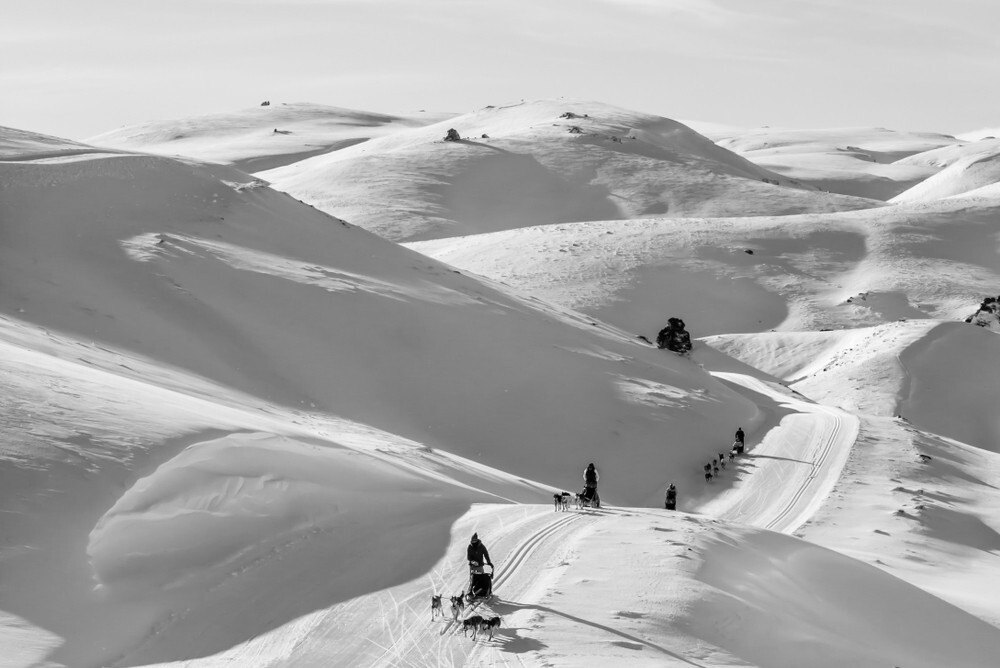
The pair closest to the sleds is, one might say, the “turbocharged engine” of the entire team. It is they who bear the heaviest load, since they are closest to the sledges 
Four-legged racers need to stay fit and eat well during competitions 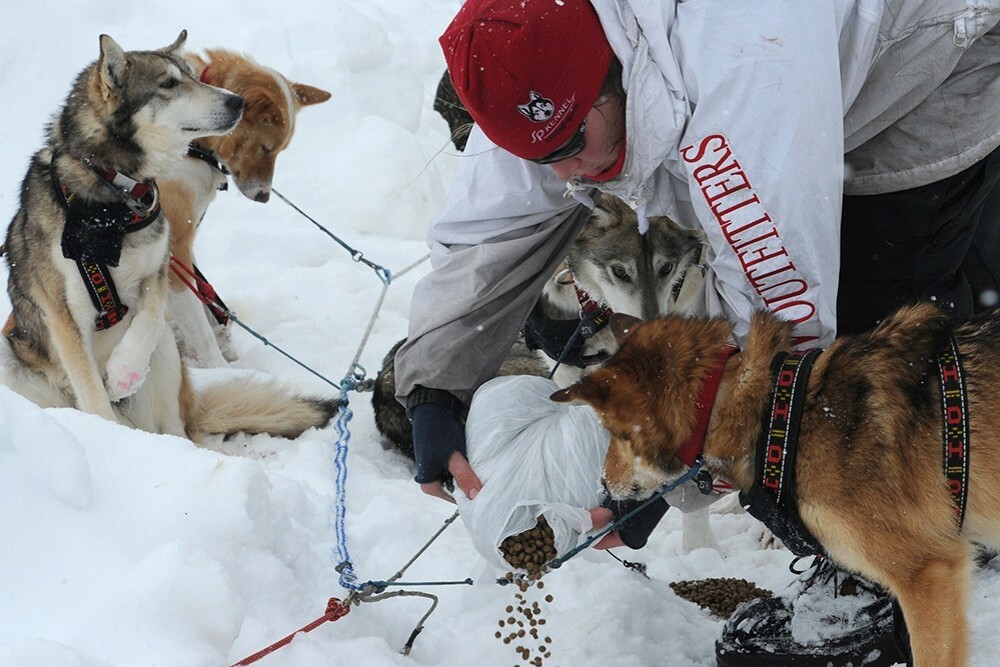
Animals consume 10,000 - 12,000 calories per day 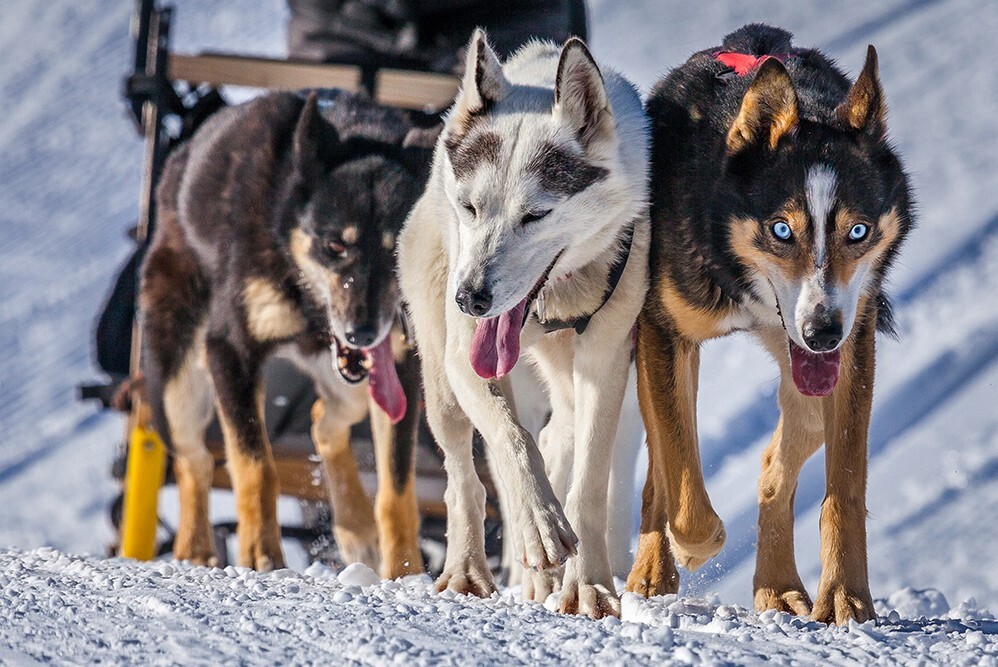
Additional foode they receive on the go in the form of frozen meat or fish 
During stops they are given warm food and soft straw to sleep on. 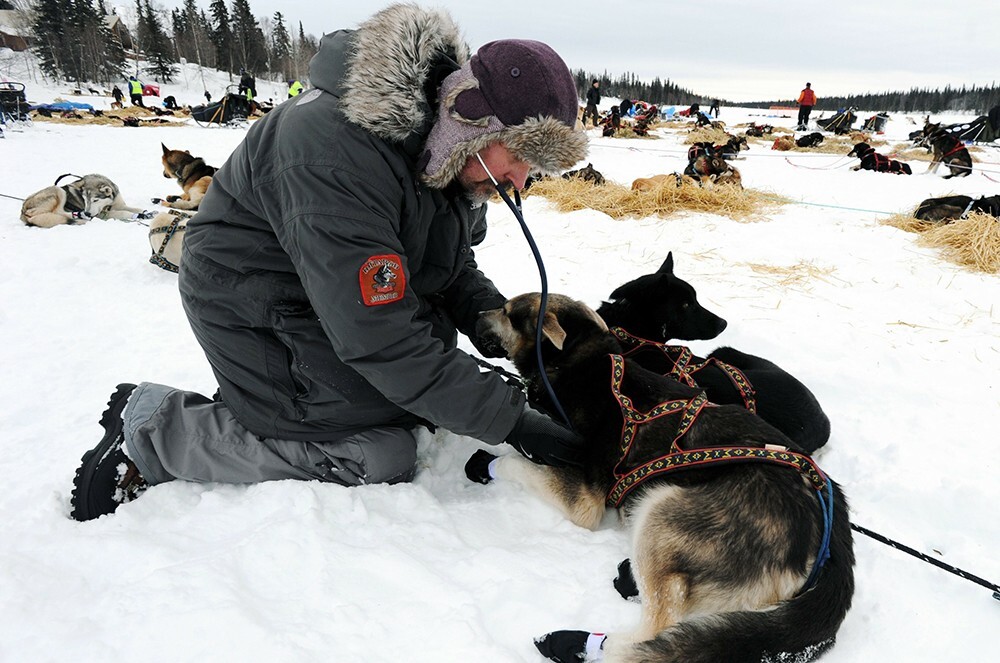
If necessary, animals are examined by a veterinarian 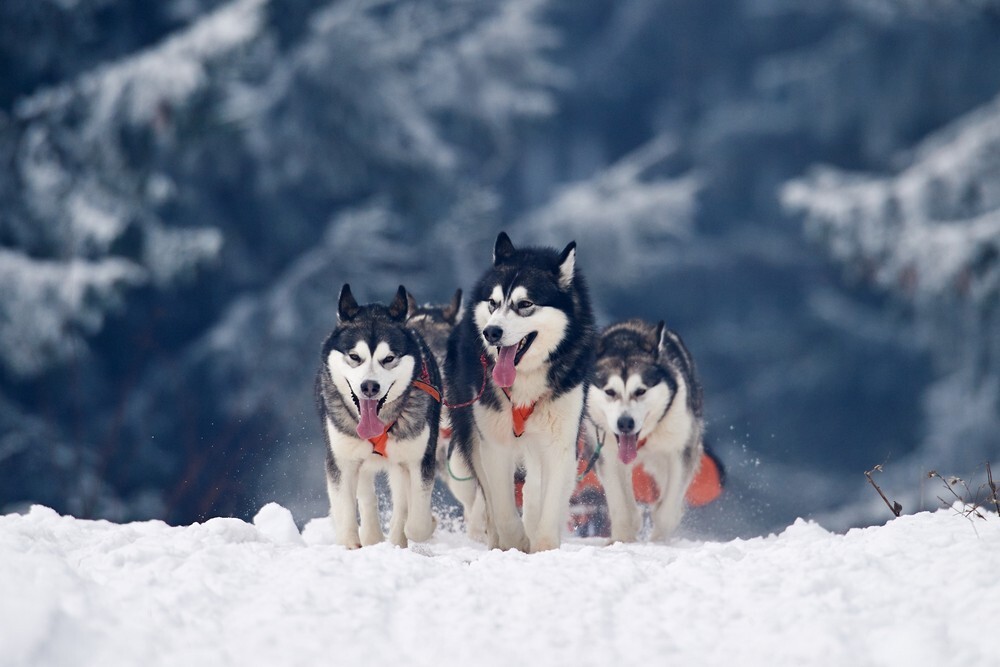
The race begins with a ceremonial start in Anchorage every year on the first Saturday in March. The ribbon is cut under the flags of the participating countries, and the sleigh rides through the city. 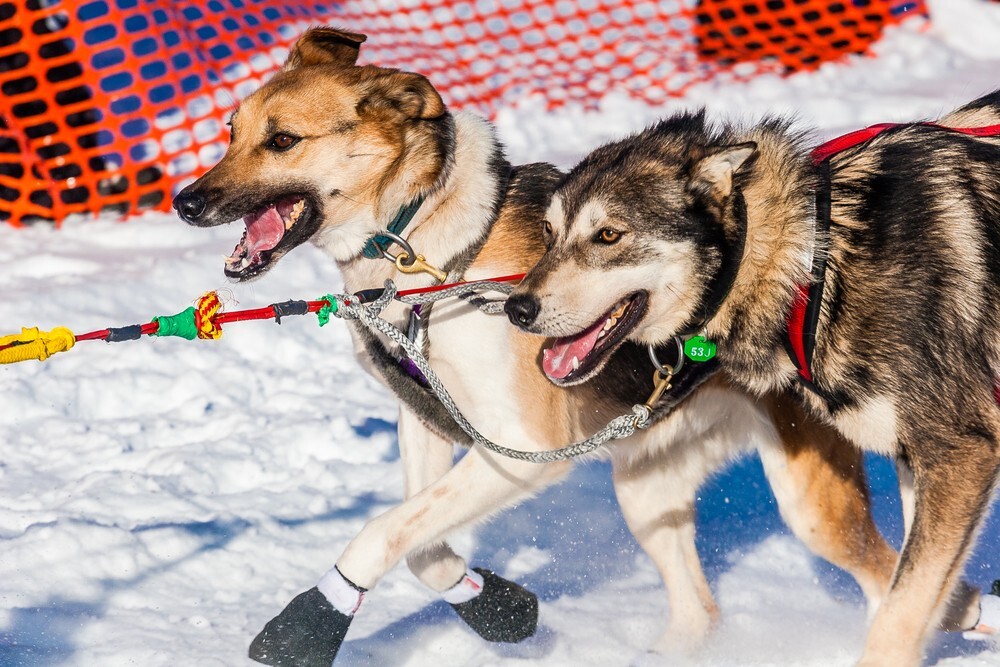
The day after the opening, participants will line up again for the real start of the race in the city of Willow 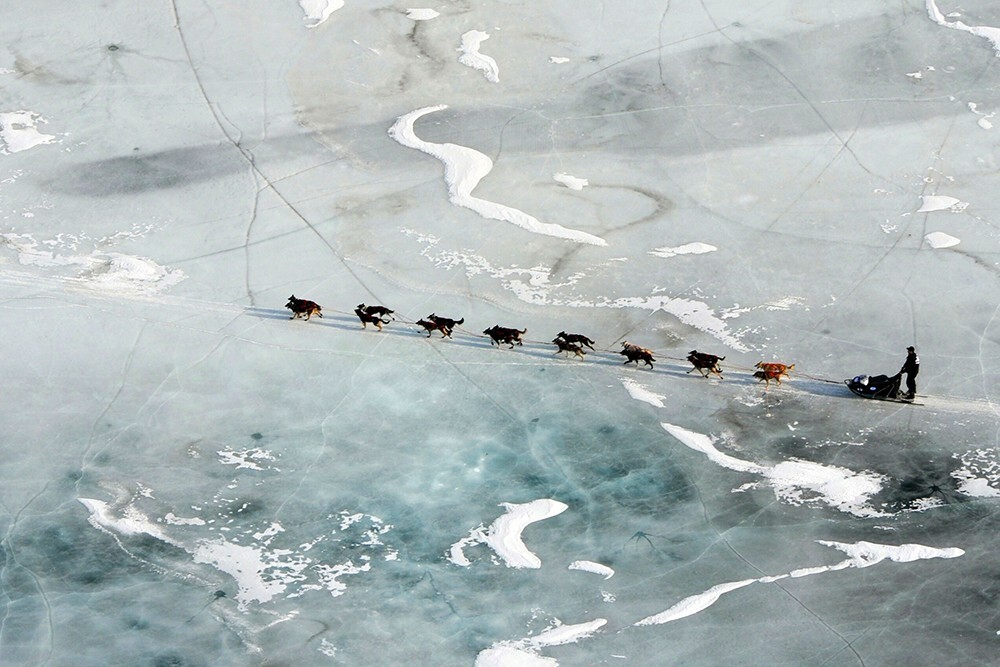
Starting at 14:00, teams start at intervals of two minutes each 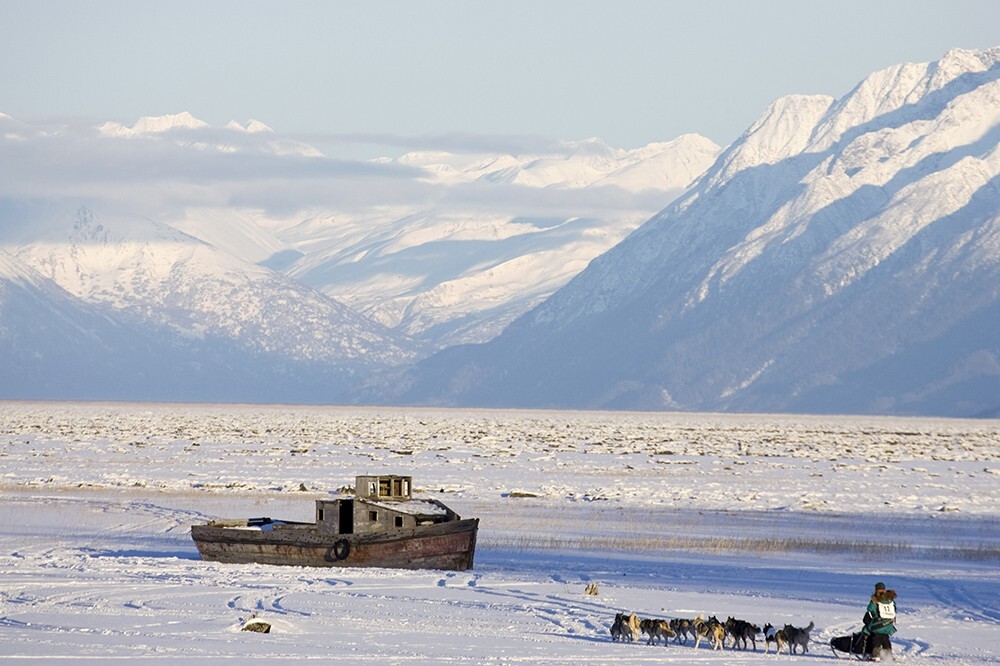
The race will end immediately after the last participant reaches Nome 
The race route winds through checkpoints from Willow, up a rainy Alaska Range pass into the sparsely populated areas, and then along the shores of the Bering Sea, finally reaching Nome in western Alaska. 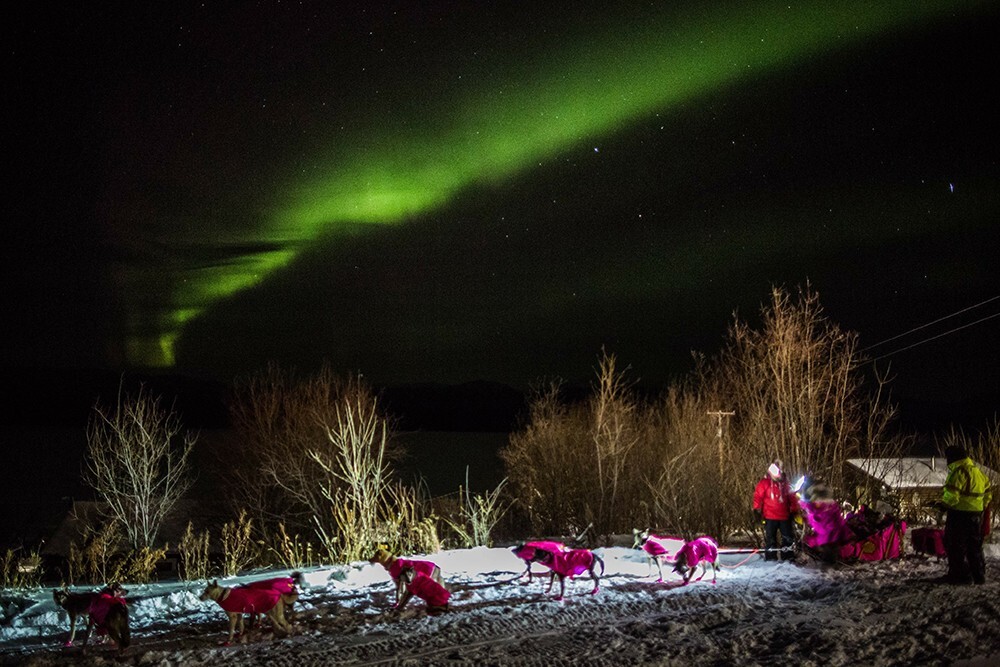
The trail passes through a rugged landscape of tundra and spruce forests, hills and mountain passes, as well as rivers 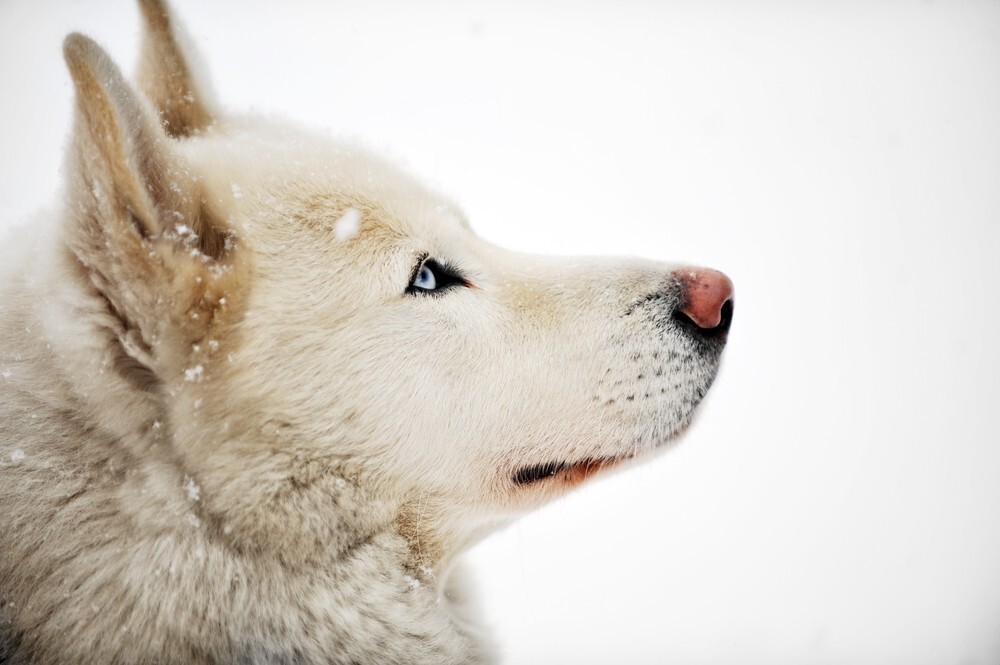
The race became one of the few sports competitions that were not canceled due to the epidemiological situation in the world 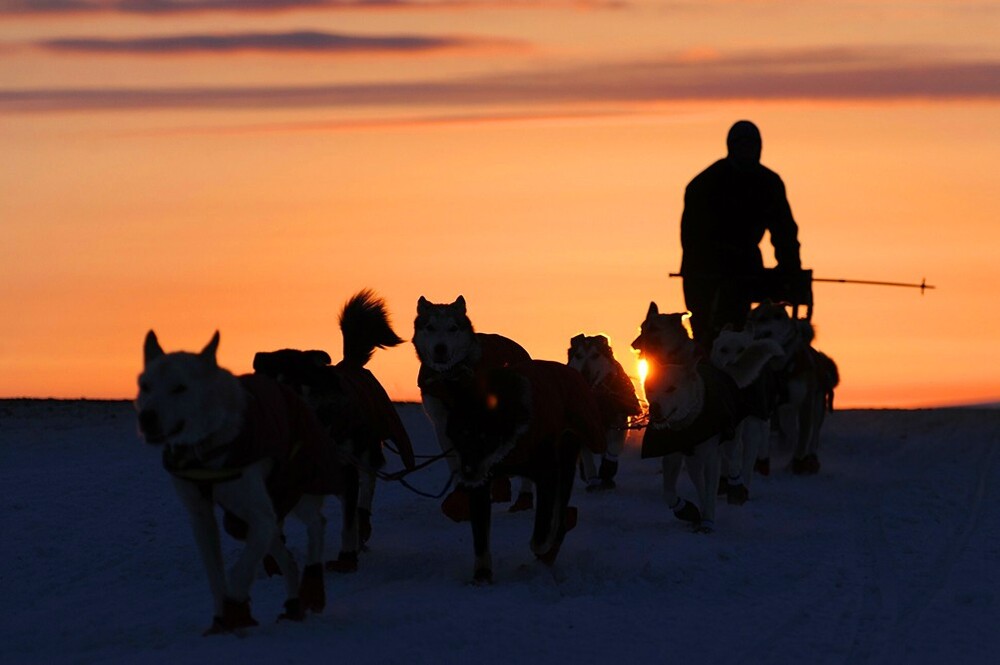
This year's winner was Ryan Redington. Rhine covered the entire 1569 km route in 8 days, 21 hours, 12 minutes and 58 seconds, beating his nearest rival by only 1 hour
Add your comment
You might be interested in:



